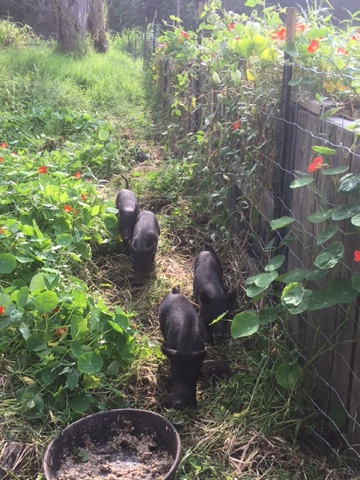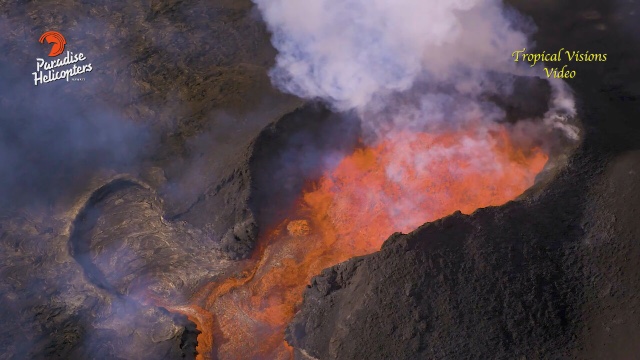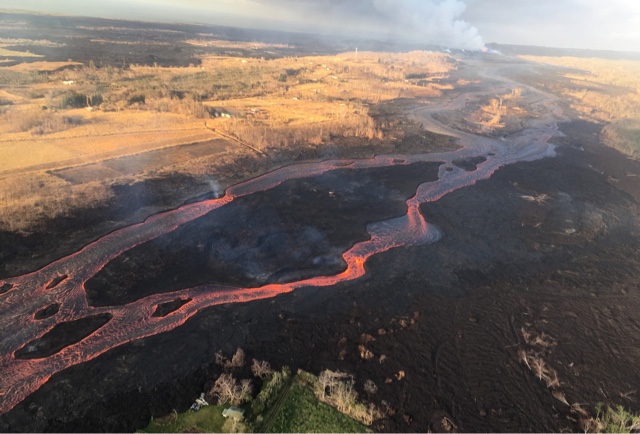The farm now has 6 trees producing nuts. That's up one from the last time I mentioned macnuts. The smallest tree is now producing.
Above, a cluster of nuts hanging from a tree branch. One doesn't pick them. They're not ready yet if they are still on the tree.
Just about every day I pick up the fallen nuts. As I've said, you don't pick the nuts as you would an apple or peach, but rather, you wait for them to fall naturally. I really haven't noticed but I'd venture to say that nuts fall about 8-9 months of the year. So it's pretty much a slow, year around harvest. Right now I'm gathering about 100 nuts a day.
Having only a few trees, it's not a big deal to simply handpick the nuts and flick them into a bucket. From there, I wash them by hosing them off. This gets the obvious soil, leaves, and insects off.
Next, the nuts are placed someplace warm, sunny, and airy to dry. I use the floor of one of the greenhouses.
Above, a few days in the greenhouse (sometimes only 24 hours) and the husks start to split. Once the husks split, I'll immediately attempt to pop it off the nut by using my hands. While the husk is still fresh and pliable I get get the husks off of about 80% of the nuts. The rest require a different approach....either a pliers or a dehusking machine. There are small machines that can dehusk the macnuts, but when I'm only doing a few nuts, I don't bother dragging it out. I have to keep it in storage so that it doesn't get ruined in the acidic air around here, so it's a hassle if I only have a hundred or less nuts to deal with.
Once the nut is out of the husk, it needs to dry out some before cracking. Why? The nut meat tends to stick to the inside of the shell. Drying the nuts until they loosen from the shell makes shelling easier and more complete. I dry my nuts in the greenhouse for 4-5 weeks, give or take depending upon the weather. I can tell they are ready for shelling if I pick up a handful, give them a shake, and can hear or feel nuts loose in their shells.
I'll show you how I crack nuts next......






































